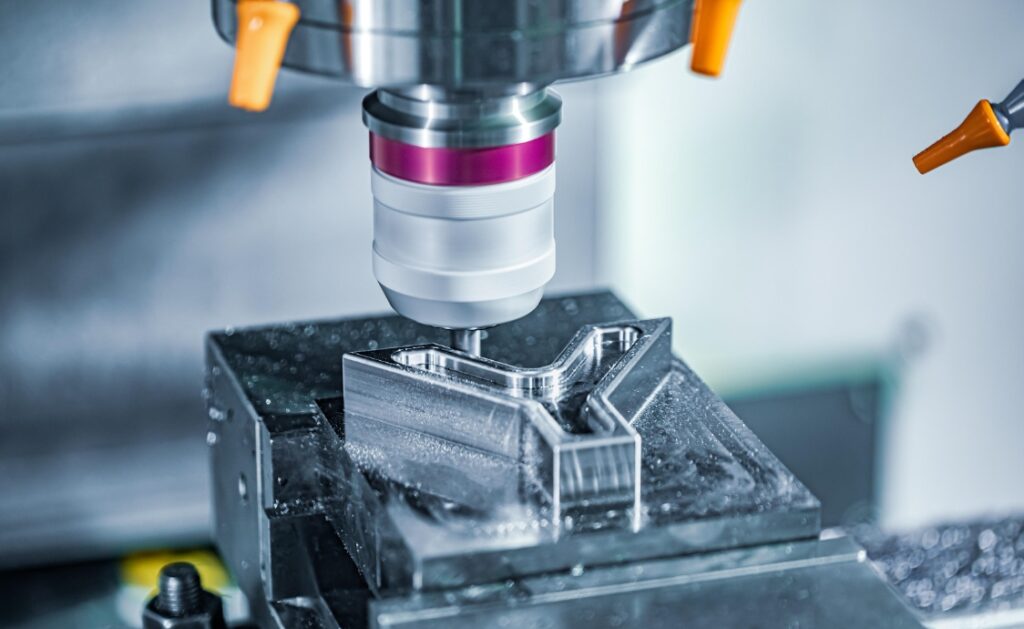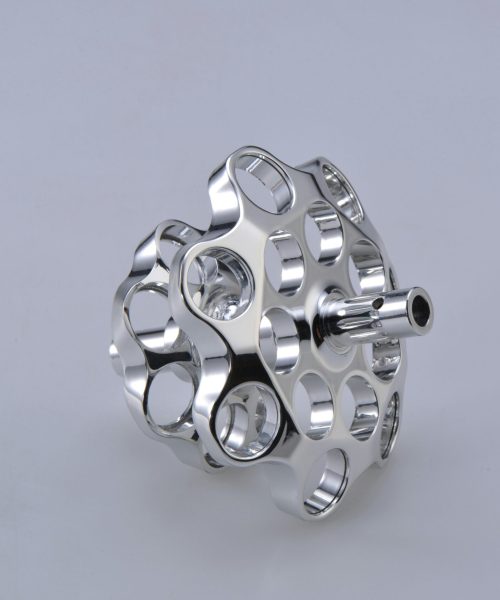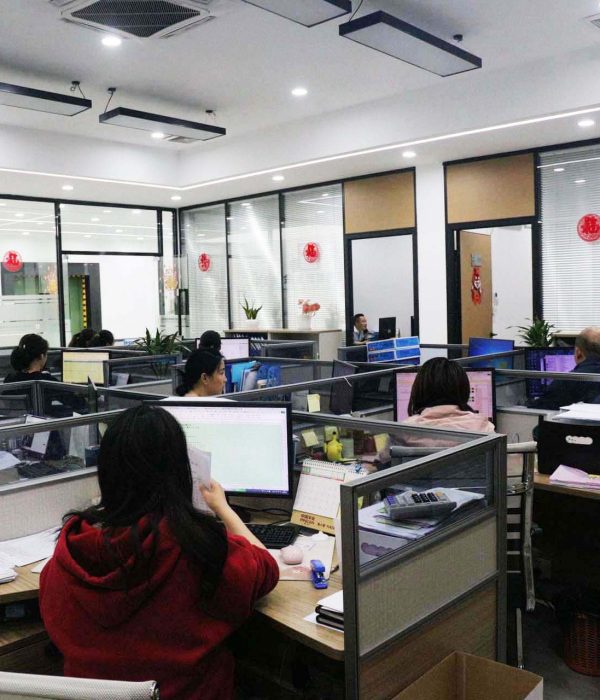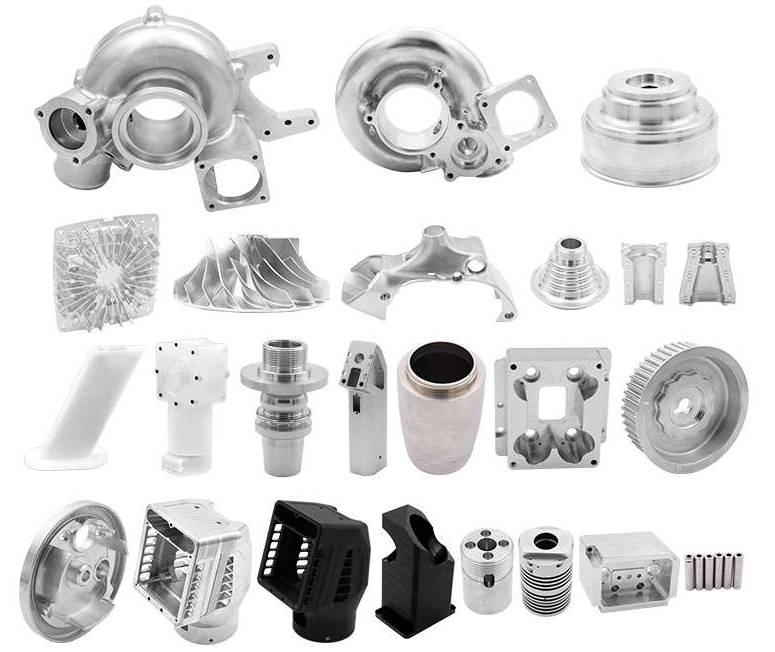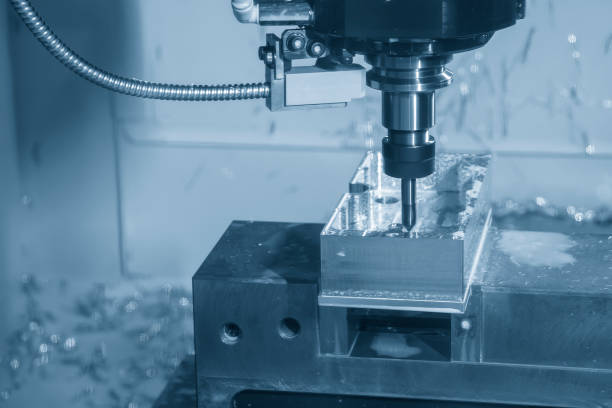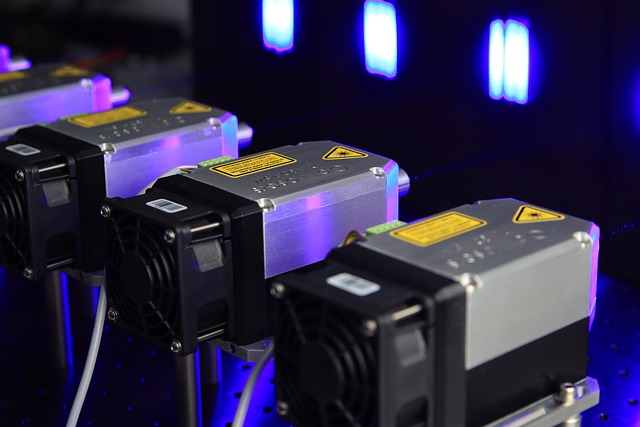Introducción
In today’s fiercely competitive market, the ability to innovate quickly is a crucial differentiator for businesses across industries. Creación rápida de prototipos services have emerged as a key enabler of this agility, providing companies with the tools to turn ideas into tangible products in a fraction of the time traditional methods would require. By allowing for the quick production of functional prototypes, rapid prototyping services help shorten development cycles, reduce costs, and ultimately speed up time-to-market.
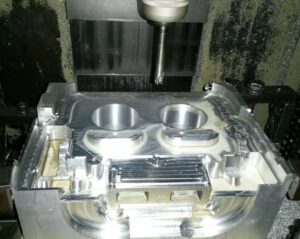

Understanding Rapid Prototyping
Rapid prototyping is the process of quickly creating physical models or prototypes of a product using various techniques, such as 3D printing, CNC machining, and vacuum casting. These prototypes are used to test and validate designs before committing to full-scale production. Unlike traditional prototyping methods, which can be time-consuming and costly, rapid prototyping enables designers and engineers to iterate quickly and efficiently, making it a cornerstone of modern product development.
The essence of rapid prototyping lies in its ability to bring a concept to life almost immediately after the design phase. This immediate feedback loop allows for real-time modifications, ensuring that the final product aligns closely with the original vision. Furthermore, rapid prototyping enables stakeholders to physically interact with the product, offering a level of insight that digital simulations alone cannot provide.
Key Techniques in Rapid Prototyping
Impresión 3D
3D printing, or additive manufacturing, is one of the most popular rapid prototyping techniques. It involves building a three-dimensional object layer by layer from a digital model. The versatility of 3D printing allows for the creation of complex geometries and intricate details that would be difficult or impossible to achieve with traditional manufacturing methods.
Aplicaciones: 3D printing is widely used across various industries, including automotive, aerospace, healthcare, and consumer electronics. It is particularly valuable for producing prototypes of parts with complex shapes, such as internal channels or lattice structures.
Materials: Common materials used in 3D printing include plastics (like ABS, PLA, and nylon), metals (such as titanium and aluminum), and resins. The choice of material depends on the prototype’s intended use, with each material offering different mechanical properties, surface finishes, and costs.
Mecanizado CNC
CNC (Computer Numerical Control) machining is another key technique in rapid prototyping. Unlike 3D printing, which is additive, CNC machining is a subtractive process where material is removed from a solid block (often metal or plastic) to create the desired shape. CNC machining offers high precision and is ideal for producing prototypes that closely mimic the mechanical properties of the final product.
Aplicaciones: CNC machining is commonly used in industries like aerospace, automotive, and medical devices, where prototypes need to meet stringent mechanical and dimensional tolerances.
Materials: CNC machining works with a broad range of materials, including metals (such as steel, aluminum, and brass), plastics, and composites. The choice of material is typically driven by the prototype’s intended application and the performance characteristics required.
Vacuum Casting
Vacuum casting is used to produce small batches of high-quality prototypes, often using silicone molds. This technique is particularly useful for creating prototypes that need to replicate the properties of the final product in terms of material feel, flexibility, and color.
Aplicaciones: Vacuum casting is often used in industries like automotive and consumer goods, where prototypes need to simulate the final product’s appearance and texture closely.
Materials: The process uses polyurethane resins to mimic different materials such as rubber, ABS, and even transparent plastics.
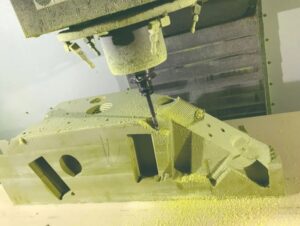

Benefits of Rapid Prototyping Services
Speed to Market
One of the most significant advantages of rapid prototyping is the ability to drastically shorten the product development cycle. Traditional prototyping methods can take weeks or even months to produce a physical model, especially if it involves creating molds or setting up complex machinery. In contrast, rapid prototyping can deliver functional models in days or even hours, allowing companies to iterate quickly and bring products to market faster.
Eficiencia de costes
By allowing for early detection of design flaws, rapid prototyping helps reduce the costs associated with late-stage revisions. Making changes to a product’s design after full-scale production has begun can be prohibitively expensive, but with rapid prototyping, these issues can be identified and corrected much earlier in the process. Moreover, because rapid prototyping does not require the creation of expensive molds or tooling, the initial investment is much lower.
Improved Product Quality
Rapid prototyping enables iterative testing and refinement, leading to better-designed, higher-quality products. By creating physical prototypes, designers and engineers can conduct real-world tests on the product’s form, fit, and function. This hands-on evaluation allows for more accurate adjustments and improvements, resulting in a final product that better meets user needs and performs as expected.
Comunicación mejorada
Physical prototypes are invaluable tools for communication within teams and with external stakeholders. A tangible model allows designers to clearly convey their vision, facilitates better feedback, and helps align everyone involved in the project. This is especially important when working with clients or investors, as a physical prototype can more effectively demonstrate a product’s potential than digital renderings alone.
Challenges in Rapid Prototyping
While rapid prototyping offers numerous advantages, it is not without its challenges:
Material Limitations
Not all materials used in rapid prototyping accurately mimic the properties of final production materials. For example, while 3D printed plastics are excellent for form and fit testing, they may not offer the same strength or durability as injection-molded parts. This discrepancy can sometimes lead to issues when transitioning from prototype to production.
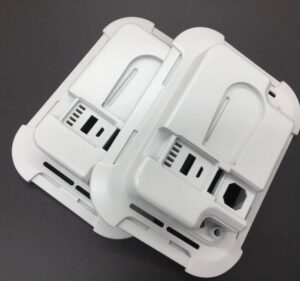

Resolution and Precision
Although technologies like 3D printing have advanced significantly, the resolution and precision of prototypes can still be lower than that of final production parts. This can be a concern for industries where exact tolerances are critical, such as aerospace or medical devices.
Escalabilidad
Rapid prototyping is primarily focused on creating individual or small batches of prototypes. Scaling up from a prototype to full-scale production can present challenges, particularly if the manufacturing method or material used in prototyping is not suitable for mass production.
Industry Applications of Rapid Prototyping Services
Industria del automóvil
The automotive industry heavily relies on rapid prototyping for everything from concept cars to functional components. Prototypes are used to test aerodynamics, ergonomics, and overall design aesthetics. For instance, automotive manufacturers use rapid prototyping to create scale models for wind tunnel testing, allowing them to optimize the vehicle’s shape for fuel efficiency and performance.
Healthcare and Medical Devices
In healthcare, rapid prototyping plays a critical role in the development of medical devices, prosthetics, and implants. Prototypes allow for thorough testing of devices in clinical environments before they are approved for use. Additionally, custom prosthetics can be quickly produced to match the specific needs of individual patients, improving comfort and functionality.
Electrónica de consumo
Consumer electronics is another industry that benefits significantly from rapid prototyping. The fast-paced nature of this sector means that companies need to iterate quickly to stay ahead of competitors. Rapid prototyping allows for the rapid development and testing of new gadgets, ensuring they meet consumer expectations before launch.
Industria aeroespacial
The aerospace industry requires highly precise and reliable components, making rapid prototyping an essential part of the design and testing process. Prototypes are used to validate the performance of components under extreme conditions, such as high temperatures and pressures, ensuring they meet the stringent safety standards of the industry.
The Future of Rapid Prototyping Services
As technology continues to advance, the capabilities of rapid prototyping services will expand, further integrating into the product development lifecycle. Emerging technologies such as multi-material 3D printing, AI-driven design optimization, and digital twin simulations will enhance the speed, accuracy, and functionality of prototypes.
In the future, rapid prototyping is expected to play an even more significant role in fields like personalized medicine, where custom medical devices and implants can be produced on-demand. Additionally, the continued development of sustainable materials and processes will make rapid prototyping more environmentally friendly, aligning with global efforts to reduce waste and carbon footprints.
Conclusión
Rapid prototyping services have revolutionized the way products are developed, offering unprecedented speed, flexibility, and cost-efficiency. By enabling quick iteration and real-world testing, these services help companies bring innovative products to market faster and with greater confidence in their performance. As technologies continue to evolve, rapid prototyping will remain at the forefront of product development, driving innovation and helping businesses stay competitive in a rapidly changing world.

